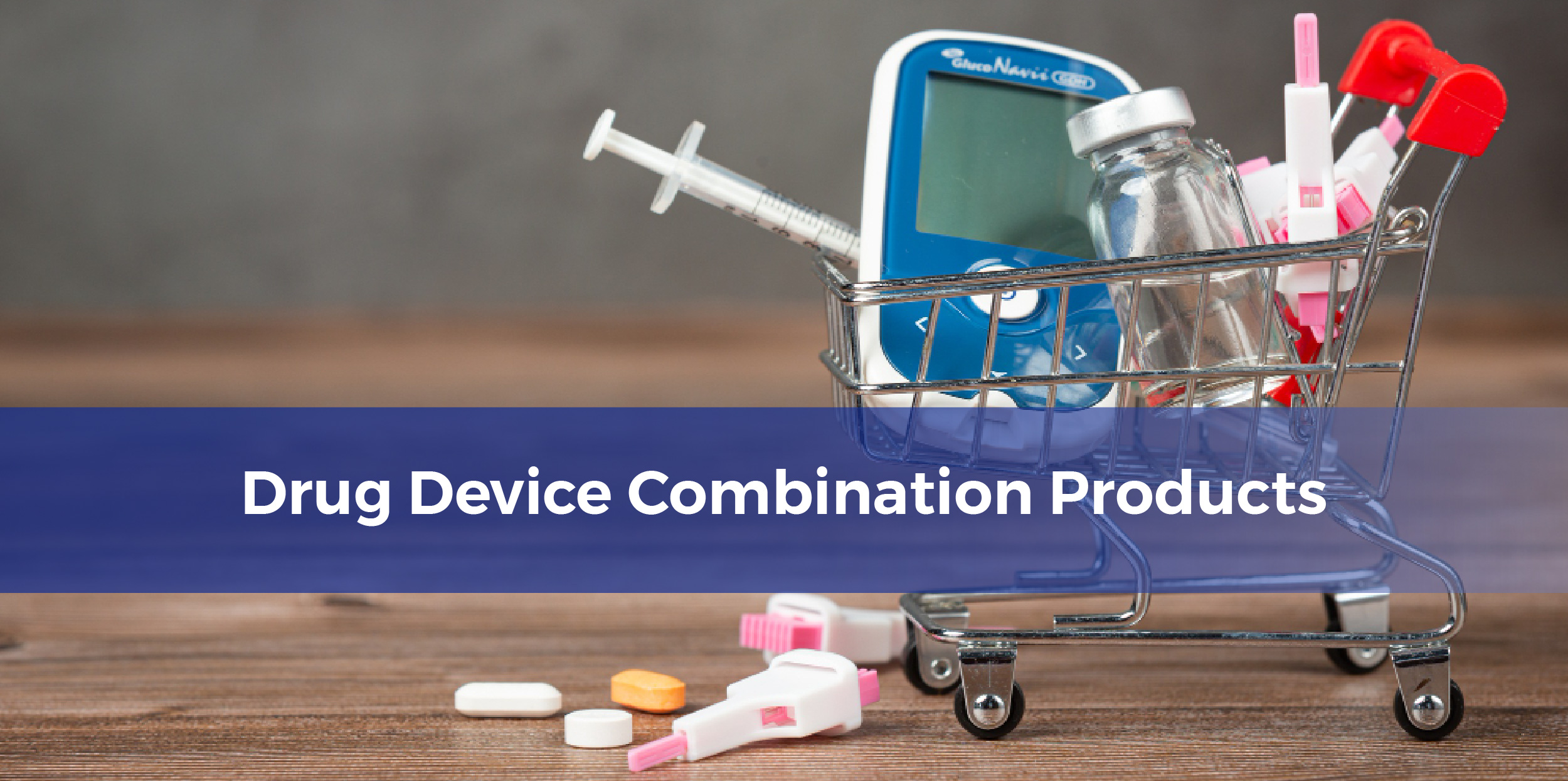Drug-Device Combination Product Consultation Services
Expert Consultation for Drug-Device Combination Products
Operon Strategist offers comprehensive consultancy services for drug–device combination products, helping manufacturers achieve smooth regulatory compliance and efficient product development. Our expertise spans risk management, EU MDR compliance, design control, and CAPA management. We tailor our guidance to your unique requirements, ensuring a streamlined pathway to successful market entry.
Introduction to Drug–Device Combination Products
Drug–device combination products, as defined under the Code of Federal Regulations (CFR), integrate medical devices with pharmaceuticals or biologics to deliver enhanced therapeutic outcomes. A common example is the drug-eluting stent (DES), which uses a device-based scaffold combined with a drug coating to reduce arterial scar tissue formation.
Today, combination products extend beyond traditional categories and can include items involving food technologies, nutraceuticals, and cosmeceuticals. These advanced hybrid solutions—particularly drug–device combinations—are reshaping modern healthcare by offering more targeted, effective, and innovative treatment options.
Looking for a Drug Device Combination Product Consultation?
Here, we provide consultation for your queries.
What is a Drug Device Combination Product?
According to 21 CFR 3.2(e), combination products encompass:
- Products blending two or more regulated components (drug/device, biologic/device, drug/biologic, or all three).
- Co-packaged products, like drug and device bundles.
- Separately packaged components intended for exclusive combined use.
- Investigational products intended for exclusive combined use.
Examples of Combination Products
Single-Entity Combination Goods:
- Monoclonal antibody with therapeutic drug.
- Device with drug/biologic (e.g., drug-eluting stent, antimicrobial catheter).
- Prefilled drug delivery systems (syringes, inhalers).
Co-Packaged Products:
- Drug or vaccine vial with a delivery device.
- Surgical trays with instruments and drugs.
- First-aid kits with devices and drugs.
Cross-Labeled Products:
- Photosensitizing drug with laser/light source.
Drug-Device Combination Product and CE Marking (MDR)
For CE marking under MDR and US FDA submission, products must comply with Articles 1(8) and 1(9)(62) of Regulation (EU) 2017/745 and applicable US regulations. This process involves:
- A comprehensive risk management plan.
- A Design History File (DHF) documenting design, development, and testing.
- Ensuring thorough documentation for safety, efficacy, and compliance.
Also Read: EU Regulations for Marketing Medical Device Combination Products
Project Development Process & Design Control
Manufacturers must adhere to 21 CFR Parts 210, 211, and 820. Key steps include:
- Compiling the DHF for audits.
- Extracting the Device Master Record (DMR) for routine use.
- Developing the Device History Record (DHR).
- Establishing a medical device file per ISO 13485:2016.
Simplify Your Combination Product Project and Design Control With Operon Strategist.
CAPA Management for Combination Products
Key aspects include:
- Meeting DDCP regulatory requirements.
- Establishing design control procedures.
- Developing plans for design projects.
- Conducting design verification and validation.
- Documenting activities in the DHF.
Why Choose Operon Strategist?
Choose Operon Strategist for comprehensive consultancy services:
- Expertise in drug-device combination products.
- In-depth knowledge of GMP regulations (21 CFR 210/211, 820, and Part 4).
- Support from development to market entry.
Contact Us Now for expert guidance in navigating regulatory complexities.
FAQs
What are drug device combination products?
Combination products are therapeutic and diagnostic products that combine drugs, devices, and/or biological products. Due to meticulous and accurate drug targeting, local administration, and tailored therapy, combination products result in safer and more successful treatments.
What are the four categories of combination products?
There are four main categories for combination products: a product composed of two or more regulated components (i.e., drug/device, biologic/device, drug/biologic, or drug/device/biologic) that are physically, chemically, or otherwise combined or mixed and produced as a single entity.
What are combination medical devices examples?
Examples of combination products include prefilled syringes, pen injectors, auto-injectors, inhalers, transdermal pumps and patches, and kits containing drug administration devices or components
What are the types of combination products?
combination products are classified into three main types:
1. single-entity
2. co-packaged
3. cross-labeled
What are drug-device combination products under the MDR?
Article 117 of the Medical Devices Regulation (MDR), established by the European Commission, mandates that manufacturers introducing drug-device combination products to the market as integral devices, labeled as "medicinal products," must obtain a Notified Body Opinion (NBOp) in compliance with MDR.
What is the difference between medical device and combination products?
Remember, two devices used together or packaged jointly don't constitute a combination product. True combination products involve a drug and a device, a biologic and a device, a biologic and a drug, or all three elements working together. It's about the synergy of components that sets them apart.

